Austria is blessed with stunning natural landscapes, picturesque villages, cultural cities, and so much more. It boasts charming places to visit, great food and drink, a robust social system, and an abundance of culture. Needless to say, the landlocked nation offers an excellent lifestyle for expats. If you are considering moving there, this handy guide provides an overview of Austria to help prepare you for life in the alpine country.
The guide includes the following information:
- Living in Austria
- Quality of life in Austria
- Geography of Austria
- The main cities in Austria
- Austria: facts and figures
- Key historical dates
- Economy and living standards in Austria
- Austrian people and society
- Austrian lifestyle and culture
- Food and drink in Austria
- Politics, government, and administration in Austria
- Rights and freedoms in Austria
- Crime and policing in Austria
- Health, welfare, and social security in Austria
- Education in Austria
- Work and business in Austria
- Environment and climate in Austria
- Great places to visit in Austria
- Public holidays in Austria
- Austria: myth-busting
- Useful resources
Sirelo
It's no secret that moving abroad can be stressful. Sirelo's team of removal advisers is here to help. They provide five free quotes from international shipping companies so you can find the best options at the best prices. Take the stress out of your relocation to Austria with Sirelo.
Living in Austria
Vienna usually ranks among the world’s most liveable cities, and because of this, many people choose to move there and enjoy the expat life. Austria’s capital currently has an expat population of nearly 40%, but in general, expats in Austria account for around 17.5% of the total population of 8.96 million.

There are plenty of reasons why Austria is an attractive option for expats. The small, landlocked country sits in the heart of Europe, offering easy travel across the continent. And, within the country, expats can enjoy the convenience of modern cities, incredible natural landscapes, and historic villages. It also boasts stunning architecture and a full schedule of cultural events throughout the year.
Quality of life in Austria
Perhaps more importantly, however, is the very high quality of life that Austria offers. As a leader in sustainability, the country has an immaculate environment and efficient public transport. Its high-quality, affordable healthcare proves its commitment to social support. On top of that, the country is generally very safe, too.

Many expats also find that the Austrian business culture provides a good work-life balance. The only downside is that average salaries might be slightly lower than in other major European cities. Austria is also a great place to raise a family. The state offers very high-quality and affordable childcare and education. There is also plenty of support for families and working mothers. Aside from that, Austria is brimming with fun attractions for kids, ranging from theme parks to museums and salt mines to water parks.
Vienna topped Mercer’s Quality of Living survey in 2019 and The Economist Intelligence Unit’s ranking of the world’s most liveable cities. This is primarily thanks to the capital’s balance of political stability, affordability, cleanliness, culture, and access to schools and healthcare. However, in the most recent survey, it dropped to 12th place, mostly due to the COVID-19 pandemic.
Geography of Austria
Austria is ideally located in the heart of Europe. Because of this, it offers easy access to many other European countries. In fact, Austria sits between numerous countries perfect for expats to explore. These include Czechia, Slovakia, Hungary, Slovenia, Italy, Switzerland, Liechtenstein, and Germany.

In total, there are nine states in Austria. Many of these are in the Danube Valley, including Vienna, Upper Austria, Lower Austria, and Burgenland. Thanks to their location, those in the Danube Valley are more liveable than those in the Alps. Of course, the alpine state of Tyrol is still a popular tourist destination. On the other hand, Carinthia is far more remote, while Vorarlberg is very small and isolated.
The main cities in Austria
Most expats are drawn to the captivating cultural capital city of Vienna. That said, Austria has many other regional capitals that are equally attractive. Here are just a few of the towns you might want to consider when thinking about where to live in Austria.
Vienna
The Austrian capital consistently ranks among the best cities globally for its high quality of living. Vienna boasts great jobs and income, good healthcare and services, strong environmental protections and public transport, and quality education and housing.

As Austria’s biggest city, Vienna has over two million people. Of course, residents can take advantage of the abundant cultural institutions, including museums, galleries, coffeehouses, opera houses, concert halls, and great bars, restaurants, and shops. In addition, locals can quickly access other European capitals such as Prague, Berlin, Bratislava, and Budapest by train.
Graz
Austria’s second-biggest city is home to many students. This is because Graz has some great universities. Although it is less international and touristy than Vienna, Graz is still a great option for expats. In addition, the city is the country’s IT hub and home to many startups, so there are many job opportunities in these fields.
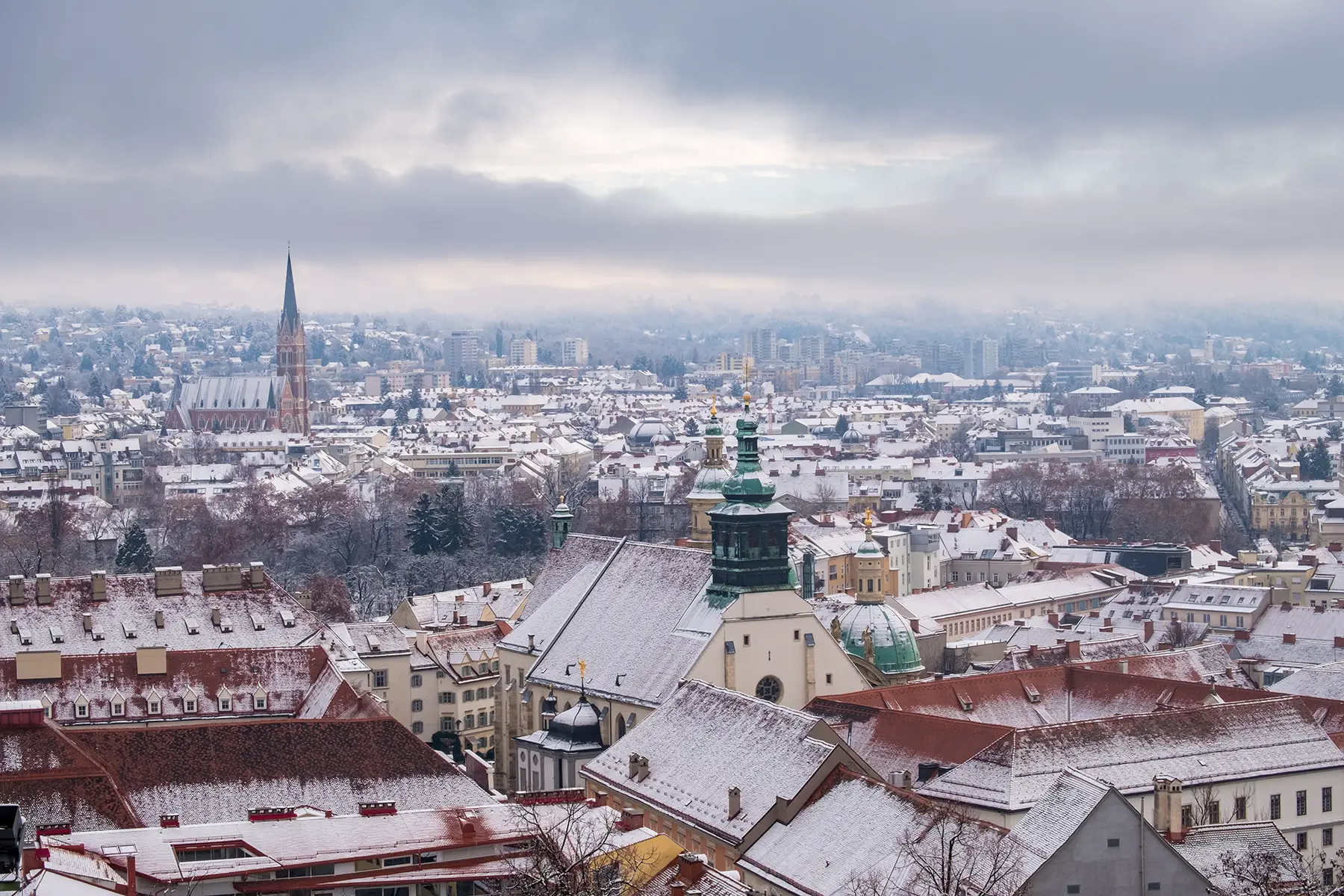
Furthermore, Graz is far more affordable than Vienna but still offers excellent public transport, food, and culture. It is home to the futuristic Kunsthaus Graz and Schloss Eggenberg, a 17th-century Baroque palace. The old town is also a UNESCO World Heritage Site.
Linz
Austria’s third-largest city manages to be one of the country’s most sustainable cities. Linz is also home to many international companies, making it a good option for expats. That said, a knowledge of German will help immensely.
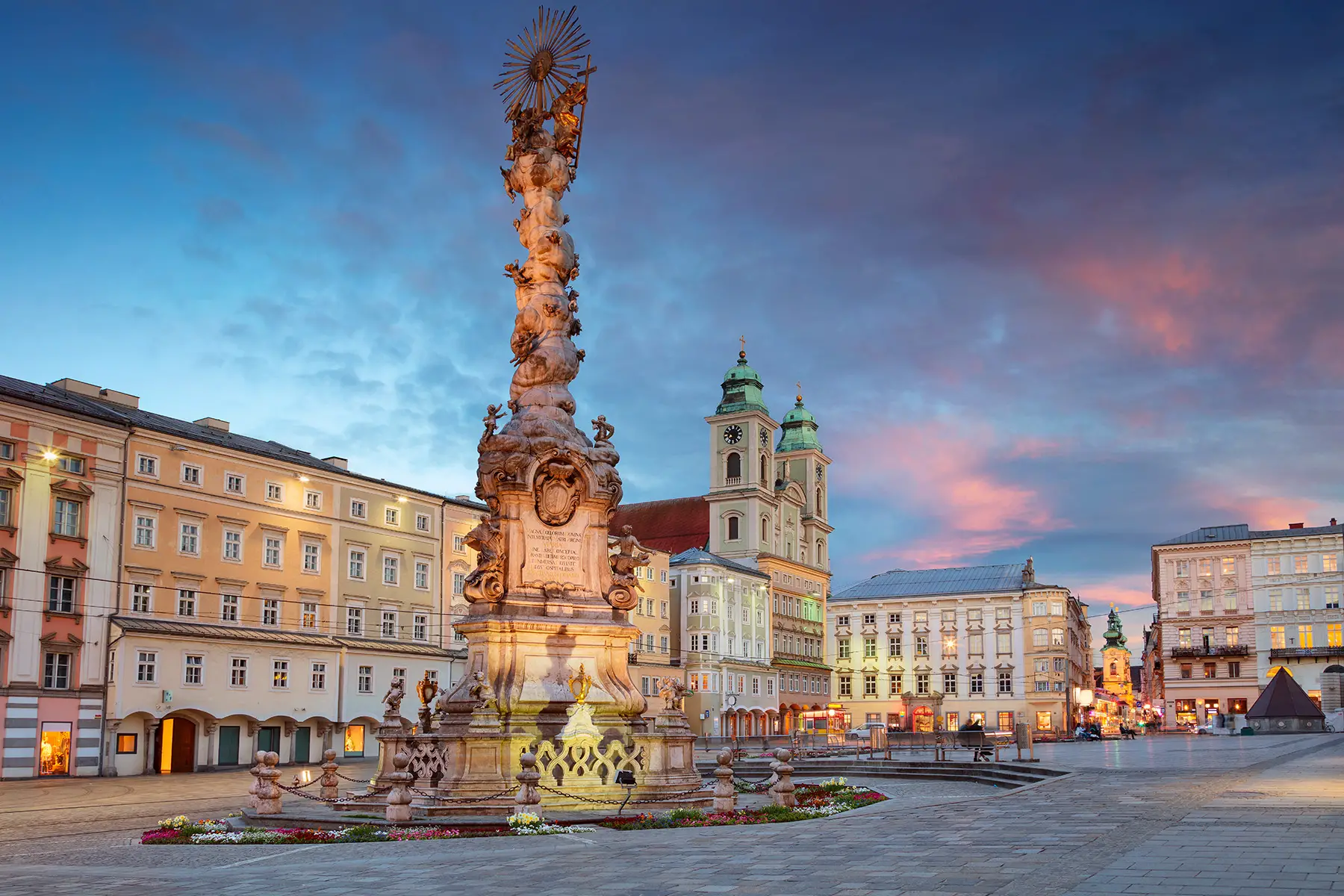
Like the rest of Austria, Linz has a well-connected public transport system that includes buses and trams. However, it is also a very bike-friendly city, and many locals choose to cycle to get around; many also choose to walk. Thanks to its proximity to Czechia and Germany, weekends in Prague and Berlin are also very much an option. Furthermore, the Blue Danube Airport, which lies just 20 minutes from the city center, has direct flights to and from Düsseldorf, Frankfurt, London, Salzburg, and Vienna.
Innsbruck
Most of the world knows Innsbruck for its mountains, which provide a winter wonderland perfect for snowy activities. However, the city impresses year-round and is also a popular choice for long-term residency. Innsbruck has numerous universities, a young population, and a great nightlight. And, while it is very walkable, there are buses and trams if you need a ride.

Perhaps the best part of living in Innsbruck is access to the famous outdoor areas. Residents spend the whole year enjoying the great outdoors, whether skiing and snowboarding in the winter or mountain-biking and hiking in the spring. Innsbruck also has plenty of jobs where you can get away without knowing German. This makes it a perfect option for expats. Although it is pretty easy to find work in the tourism sector, engineers and IT specialists will have more luck.
Salzburg
Picturesque Salzburg might be best known as the setting for The Sound of Music. But don’t let a local catch you singing “Do Re Mi” while cavorting around the Mirabell Gardens! Indeed, one interesting fact about Austria is that many citizens resent the movie’s stereotypes and many historical inaccuracies. So instead, jump on the abundant electric trolleys or public bikes and explore the city’s best gems, which include a regal Baroque church and an imposing hilltop fortress.
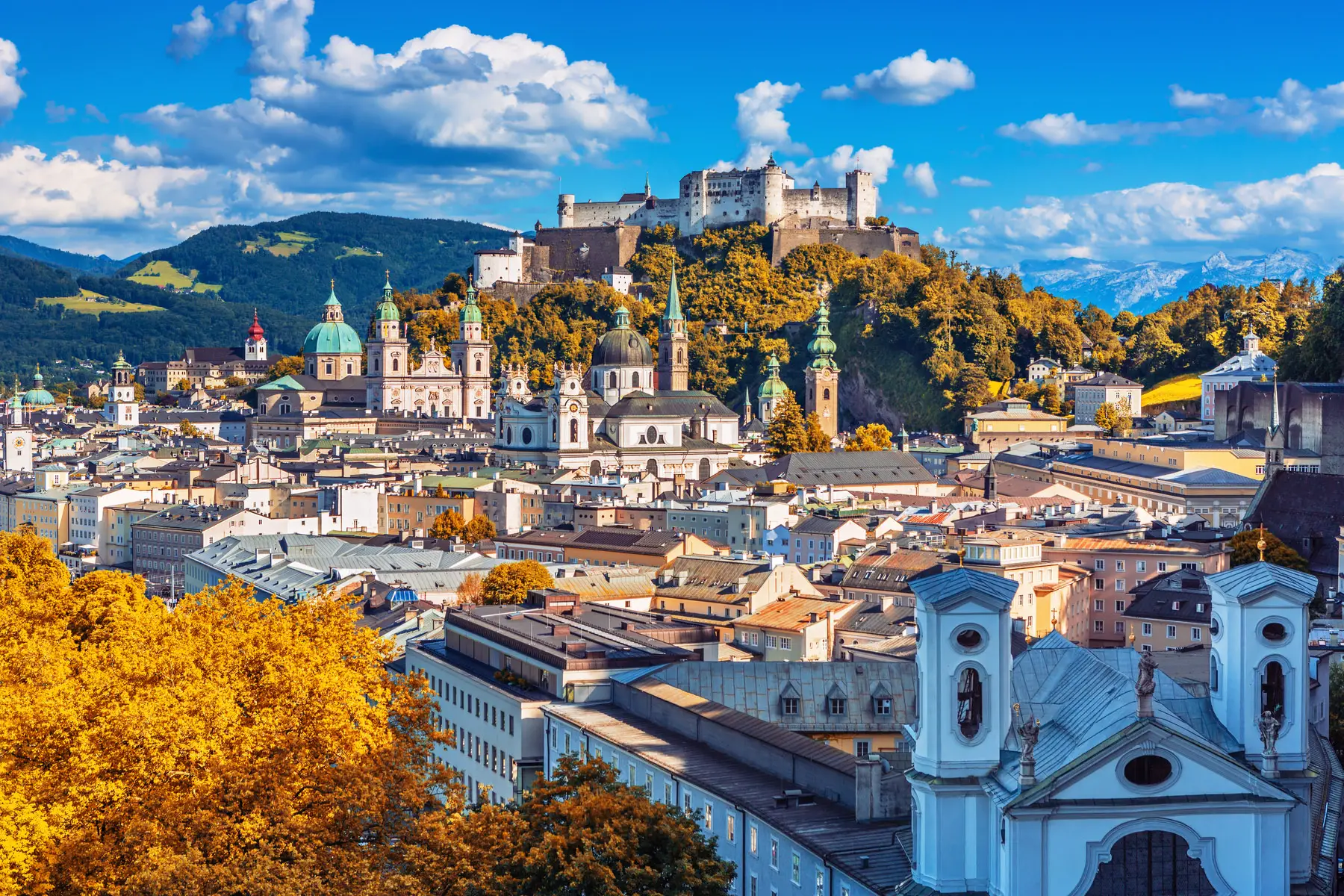
Although a smaller – though no less charming – Austrian city, Salzburg has a sizeable expat population because of its abundance of jobs. In fact, many well-known international brands, including Red Bull and Porsche, have offices here, and it can be quite easy to find an English-speaking job.
Austria: facts and figures
How much do you know about Austria? Check out these fun facts and figures and find out:
- Most expats (PDF) in Austria are from Germany, Serbia, or Romania
- German people make up the biggest expat and immigrant population in the country
- Austria is one of the top 20 richest countries in the world by GDP per capita
- Skiing is one of Austria’s most popular sports and has been for over 100 years
- In the 19th century, Vienna was the heart of the Austro-Hungarian Empire; before this, it was the capital of the Holy Roman Empire
- Austria became an EU member state in 1995
- In 1905, Bertha von Suttner, an Austrian, was the first woman to win the Nobel Peace Prize
- Austria has a generous holiday policy – the country requires a minimum of 22 days of annual leave and offers 13 paid public holidays
- Red Bull, the globally popular energy drink, was created in Austria
- Many of the world’s most famous (and infamous) figures in history were from Austria, including composers Mozart, Hayden, Schubert, and Mahler; celebrity Arnold Schwarzenegger, and artist Gustav Klimt
- Most people know Austria from the timeless film, The Sound of Music, but many Austrians have never even heard of it.
Key historical dates
There are certainly a few key dates you should be aware of when it comes to Austria’s history. The name “Austria” has been in use since 996AD. At this point, Austria was a settlement of wealthy Celts in the Danube Valley. However, in 976AD, the first familial dynasty – the Babenbergs – came to power. Of course, Austria’s most important dynasty – the Habsburgs – only came to power in 1282. The Habsburgs used Vienna as the capital of the Austro-Hungarian Empire until it fell apart in 1918 alongside the end of World War I.
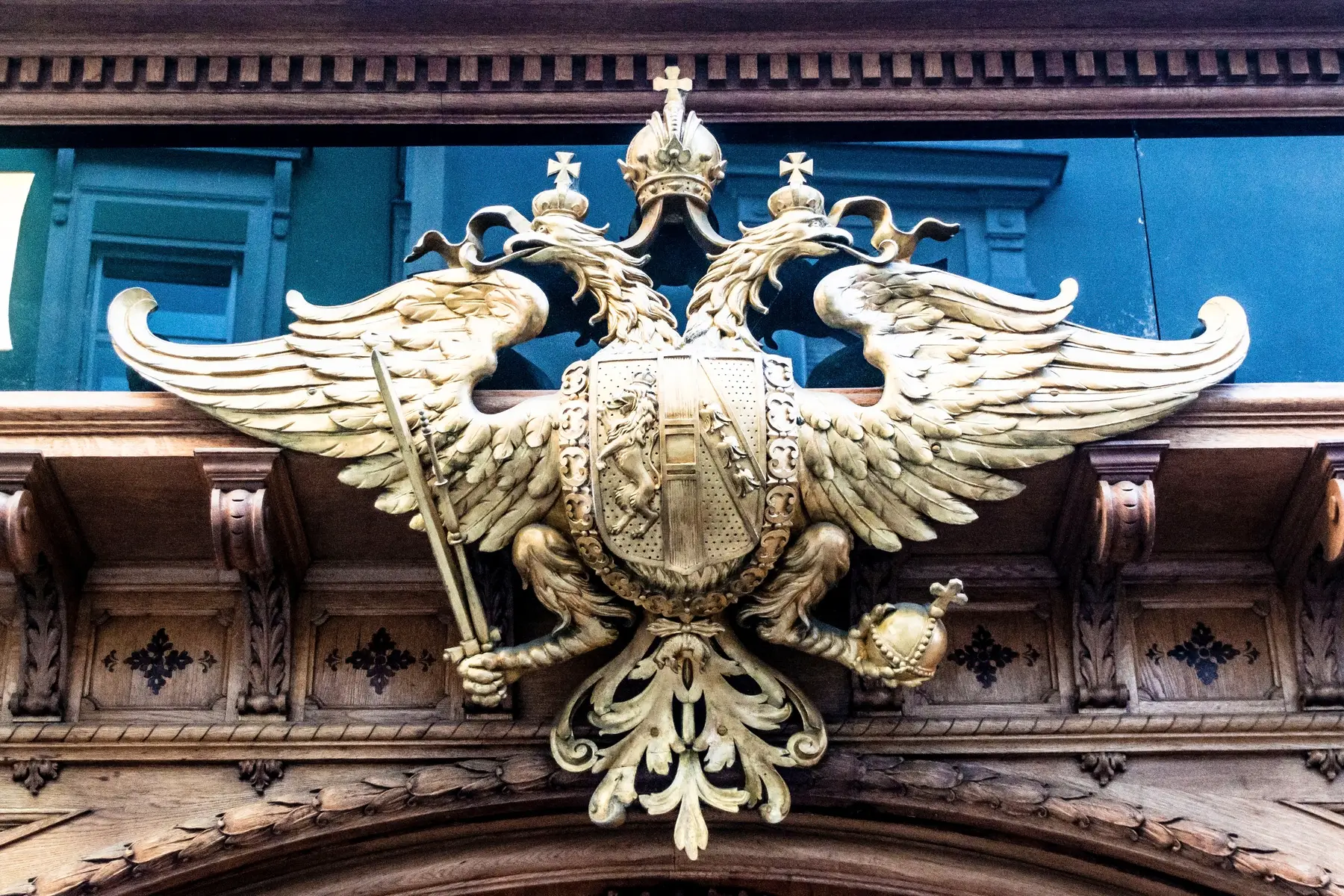
Conflict has marked a large part of Austria’s history. In the 16th and 17th centuries, for instance, Austria was at war with the Ottoman Empire; later, it was Napoleon. Then, of course, on 12 March 1938, Germany annexed Austria, an aggressive move that eventually led to World War II.
Austria’s National Day is celebrated on 26 October each year and is considered one of the most critical days in the country. It marks the end of the post-WWII Allied occupation of the country in 1955 and the day the Austrian Parliament passed a law to enshrine its commitment to permanent neutrality.
Economy and living standards in Austria
In terms of economy, Austria is a small but mighty powerhouse. Although the country has plenty of natural resources – like iron ore – it is highly industrialized. Its major industries are agriculture, luxury goods, engineering, steel production, chemicals, and tourism.
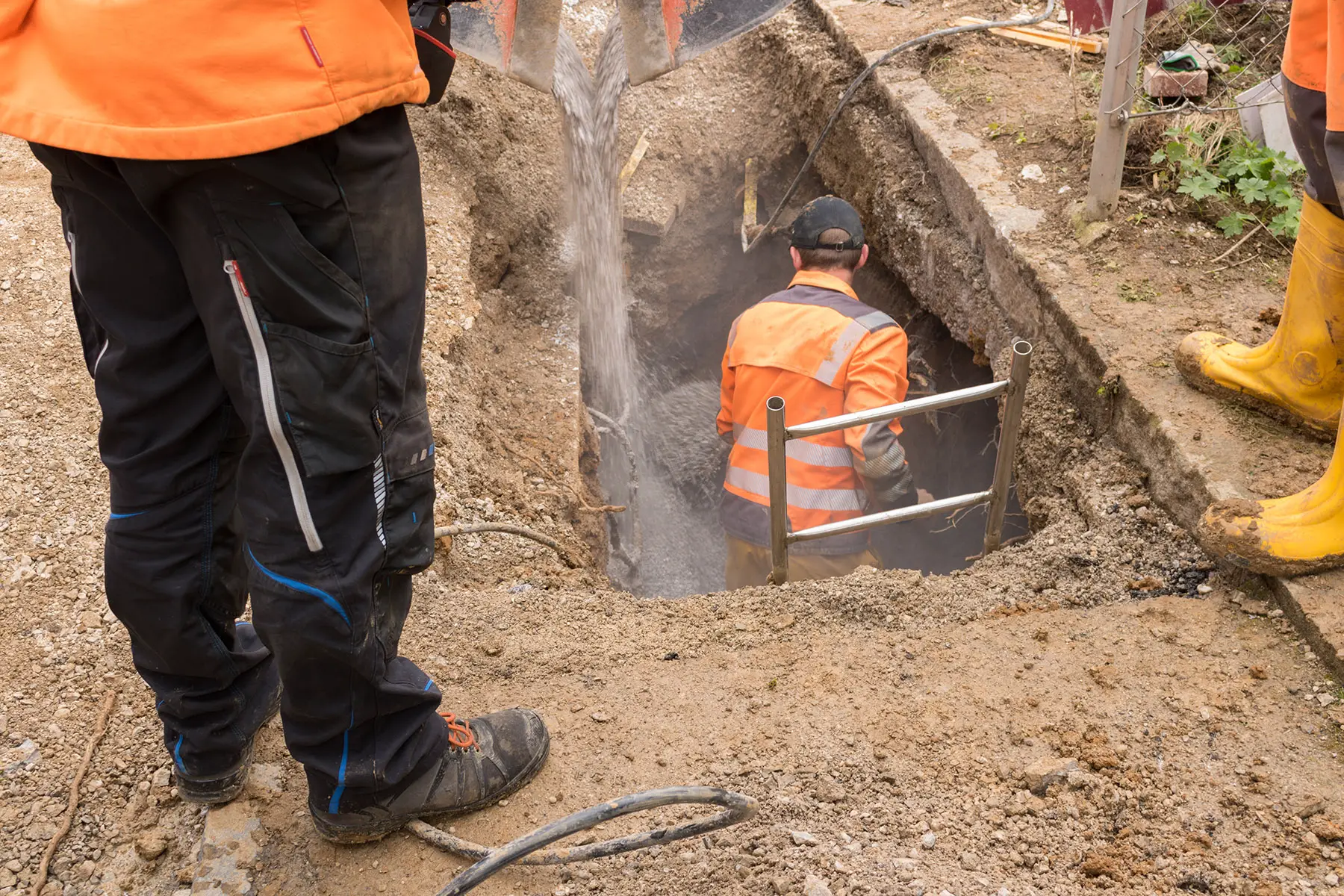
Because of this, Austria has one of the highest GDP per capita in the world. The average income per capita is US$37,001 a year, which is above the global OECD average. In addition, the cost of living in the country is generally quite affordable. Although Vienna and Innsbruck are considered expensive by locals, they offer a far lower cost of living than other major European capitals like London and Paris.
In addition, because of strong social support, living standards are generally relatively high. For instance, the Austrian government offers plenty of support for housing, healthcare, childcare, and other public services.
Austrian people and society
Austrian culture is similar to that of Germany. Because of this, you can expect to encounter similar attributes, such as a degree of formality and politeness and strict attention to personal grooming and punctuality. Bitte (please) and danke schön (thank you) will get you a long way in this conservative country with a long history of Catholicism. Austrian people tend to be a little conservative in their attitudes.
The demographics of Austria
Austria’s population has changed significantly over the 20th century. Because of this, there are fewer children and young people, but far more retirees. Additionally, increased migration has seen an increase in the working-age population, much of which is centered in the cities.
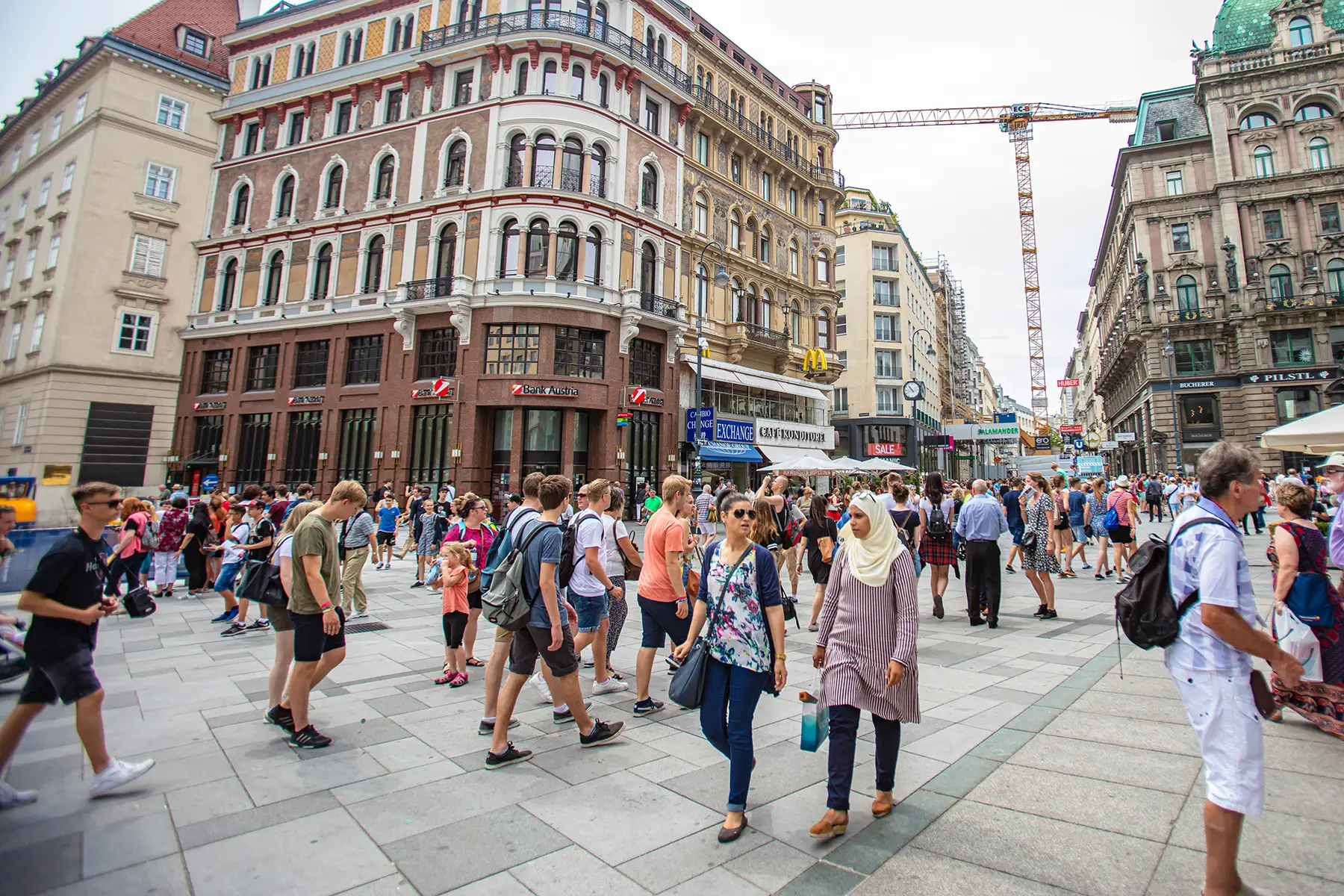
As of January 2022, 1.73 million Austrian residents – or 19% of the total population – were below the age of 19. 19% of inhabitants are over 65, while 61% are working age (between 20 and 64).
Migration has seen Austria become home to many foreign-born residents. In 2022, for example, almost 18% of the country’s total population had foreign citizenship.
Language and religion in Austria
Standard Austrian German is the go-to language in Austria. Although this is slightly different from the very correct German used across the border in Germany, the two languages have many similarities, and you can get by with pure German. That said, English is quite commonly spoken throughout the country, especially in major cities and tourist destinations. Indeed, it’s the lingua franca of the expat community within the country. However, due to a growing expat and immigrant population, you may encounter many Eastern European languages – such as Croatian, Hungarian, and Polish – as well as Turkish and Arabic.
Religion is an integral part of Austrian life. In 2011, 64% of the population was Roman Catholic. Conversely, there is an increasing Muslim population thanks to increased immigration from Türkiye and Bosnia-Herzegovina. There are currently 14 legally recognized churches and religious communities and ten state-registered confessional communities in Austria.
Austrian society
Like many parts of Europe in the 19th century, Austria was a largely stratified society with little room for movement. At the time, the classes could essentially be described as aristocrats, burghers, and peasants. However, this has evolved more recently. In day-to-day expat life, you may not notice the subtle class differences, but don’t make the mistake of thinking they are not there.
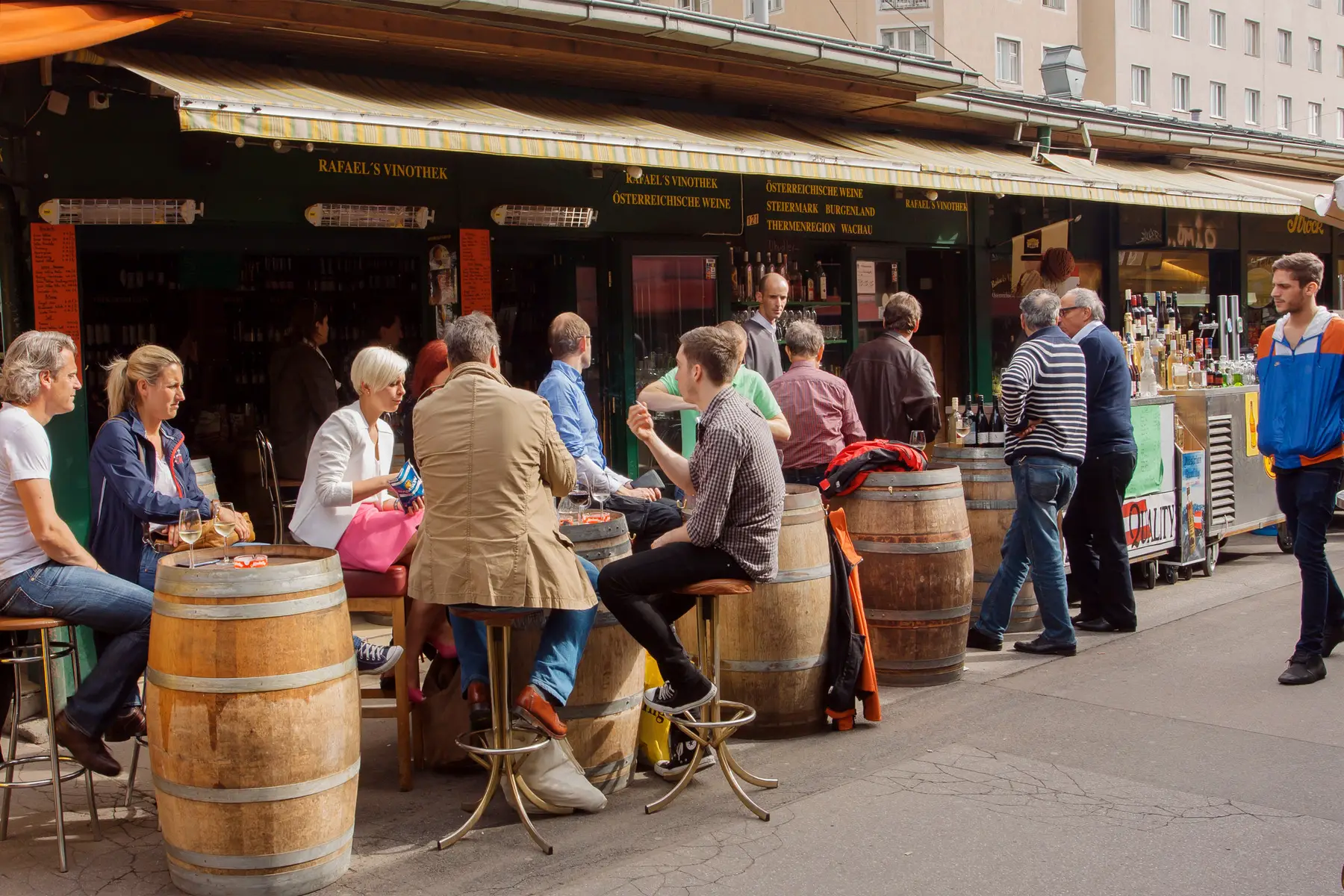
These days, society is far more stratified. For example, Bauern refers to farmers; Arbeiter are skilled workers; Kleinbürger are bureaucrats, artisans, and small property holders; and Großbürger are industrialists, intellectuals, and wealthy landowners. The fifth class is called Adelsstand, which refers to the titled nobility that inherits wealth and land. However, the Adelsstand class is largely defunct since the use of a title is now illegal.
Austrian societal classes are determined mainly by wealth, property, education, and the prestige of one’s position. Although mobility between the classes is rare, education is one way of achieving it. Similarly, citizens tend to socialize and marry within their own class.
Austria has very particular cultural norms, many of which are tied to the country’s Catholic past and strong affiliation with Germany. As an expat, it is good to be aware of particular idiosyncrasies before you go. For example, social interactions are generally polite and non-controversial, and you should never show up unannounced at someone’s house.
Austrian lifestyle and culture
Austria has a rich cultural tradition that stretches back through the centuries. As such, you will find plenty of art, music, and more to indulge in while you are there. In fact, Austria’s cultural clout is so strong that it has inspired many books and films that are well worth exploring.

Like many top-tier European cities, Vienna is filled with well-endowed museums. The Kunsthistorisches Museum, for example, boasts one of the world’s greatest art collections, including works by Titian, Rubens, Vermeer, Velazquez, and Caravaggio. Similarly, the MuseumsQuartier Wien, which lies just down the road, is a 90,000-square-meter space that features 60 cultural institutions. From art and fashion to architecture, music, literature, and everything in between, this is the country’s premier cultural destination.
Festivals and balls in Austria
Music is an integral part of the country’s cultural life, probably because so many of the world’s greatest composers were Austrian. The Vienna Philharmonic Orchestra and Wiener Staatsoper – Vienna State Opera – are world-class institutions. However, Austria also hosts many festivals such as Salzburg, Innsbruck, and Castle Grafenegg.
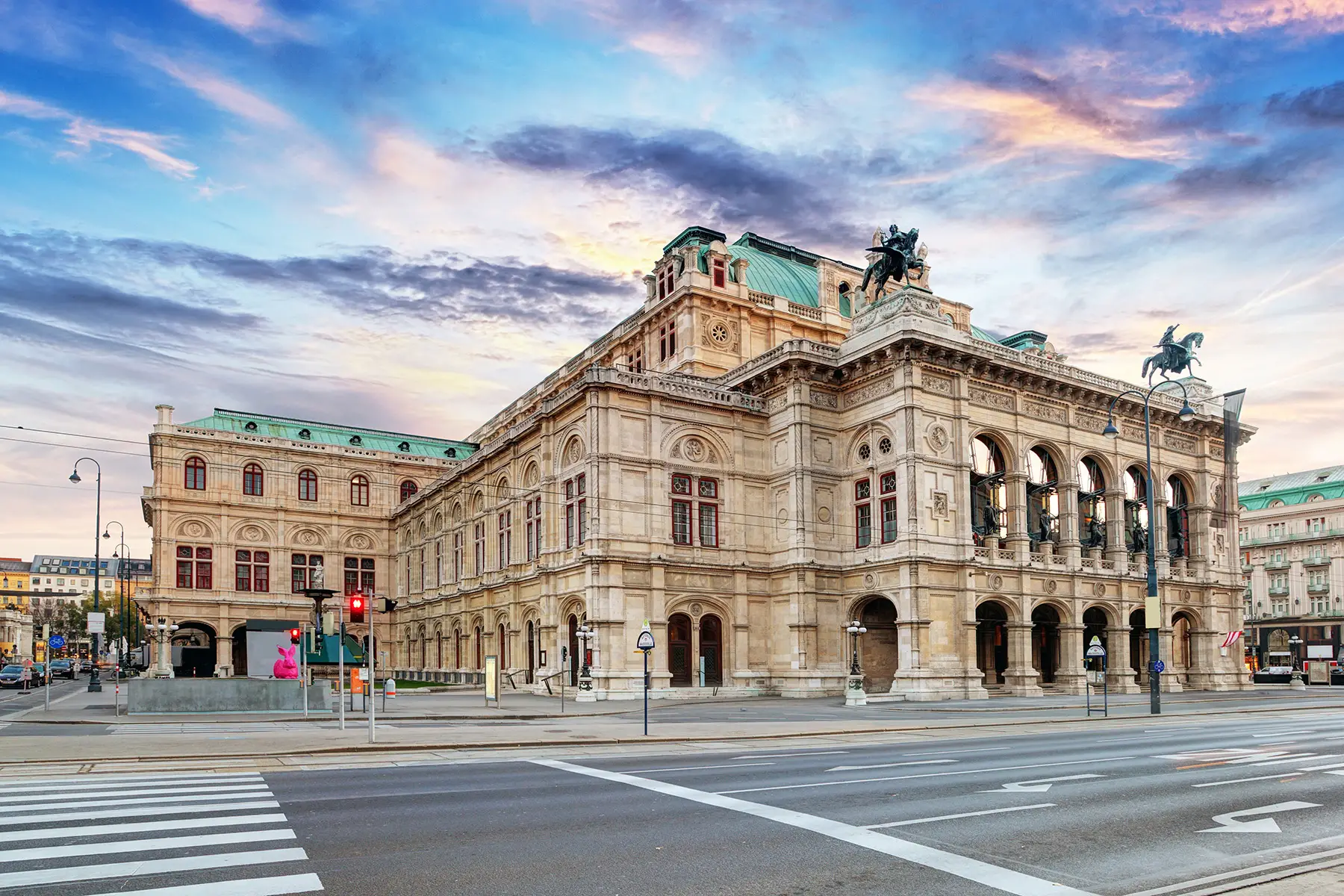
Austria also hosts many events centered around religion, food, and music throughout the year. However, perhaps the most famous is the Ball Season, which falls in January and February and is another time-honored Austrian cultural tradition. However, it’s a good idea to master the waltz before attending one! If you are well-connected, you might get an invite to the impossibly glamorous Wiener Opernball, which has attracted the crème de la crème of society and celebrity since 1877. Other notable events are the Imperial Ball and the Philharmonic Ball.
Food and drink in Austria
Austria’s culinary traditions are primarily influenced by those of neighboring Germany. However, over the 20th century, the country’s gustatory offerings have become more diverse with the arrival of more expats and immigrants. And like anywhere in the world, eating out at restaurants and dining with friends and family is the best way to socialize.

Perhaps the country’s most famous dish, the Wiener Schnitzel, is a hallmark of Viennese cuisine. The breaded veal escalope is enjoyed by locals and visitors alike and is often accompanied by an Erdäpfelsalat – a local potato salad – and a beer. Considered Austria’s national dish, Tafelspitz is a hearty beef in broth traditionally served with a side of apples and horseradish.
And you certainly won’t want to miss two of Austria’s most decadent desserts while you are in the country – the legendary Sachertorte and Apfelstrudel. The former is a chocolate cake filled with apricot jam and was invented at Vienna’s Hotel Sacher, the best place to truly enjoy it. The latter, however, is a simple yet delicious apple strudel that remains enduringly popular.
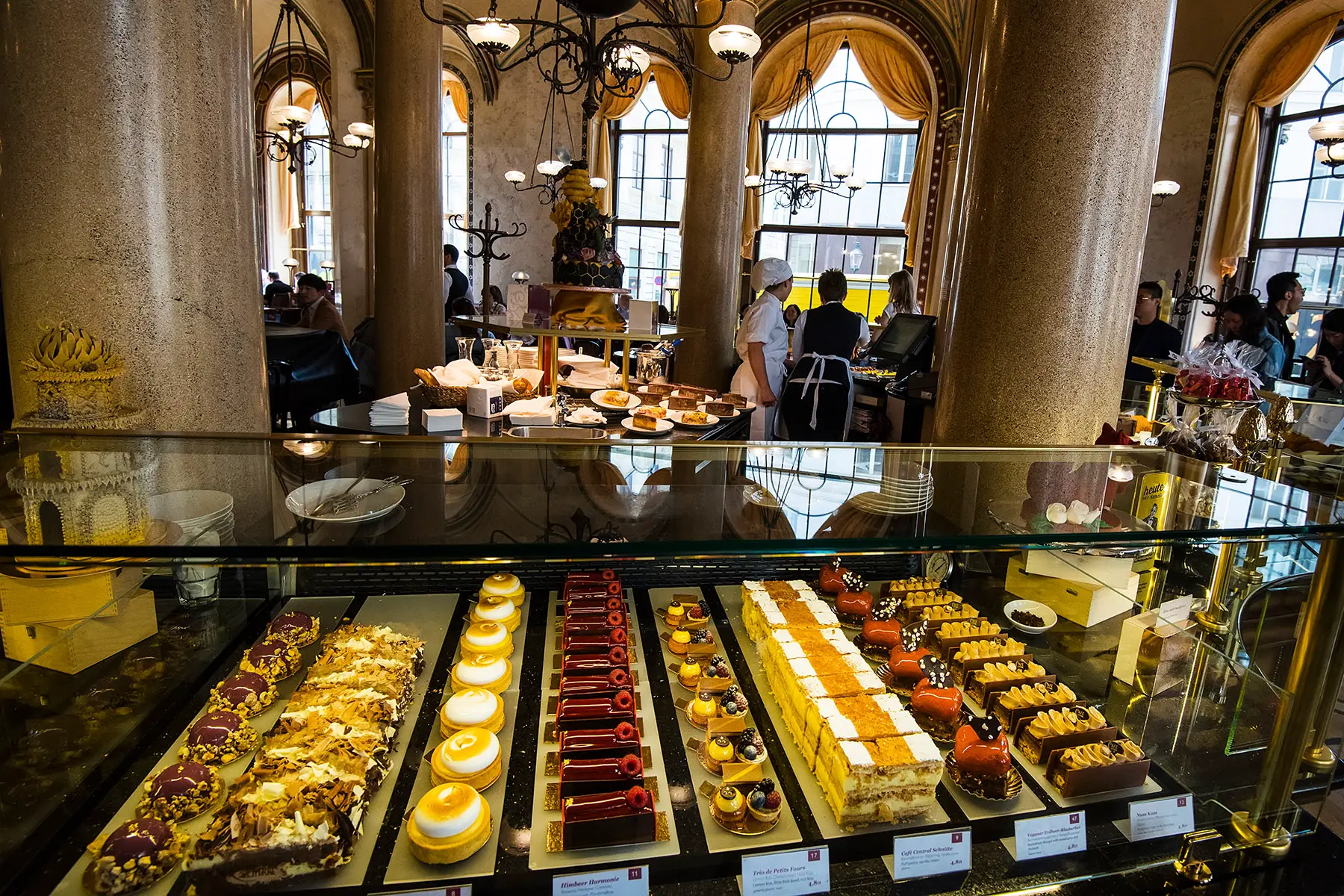
Café culture has also long been an integral part of life in Austria, especially in Vienna, which is home to numerous grand coffeehouses. Just try getting a table at the famous Café Central on a weekday. Of course, while you are there, you will want to indulge in some classic caffeinated drinks.
Be sure to try the Einspänner, a Viennese classic where espresso is topped with a hefty dollop of whipped cream. Alternatively, if you are looking for something light and refreshing, you can’t go wrong with a Weißweinschorle – a white wine spritzer.
Politics, government, and administration in Austria
Austria is a democratic republic and, therefore, run by a government of elected officials. The Chancellor is the head of the government and oversees the executive government and Parliament.
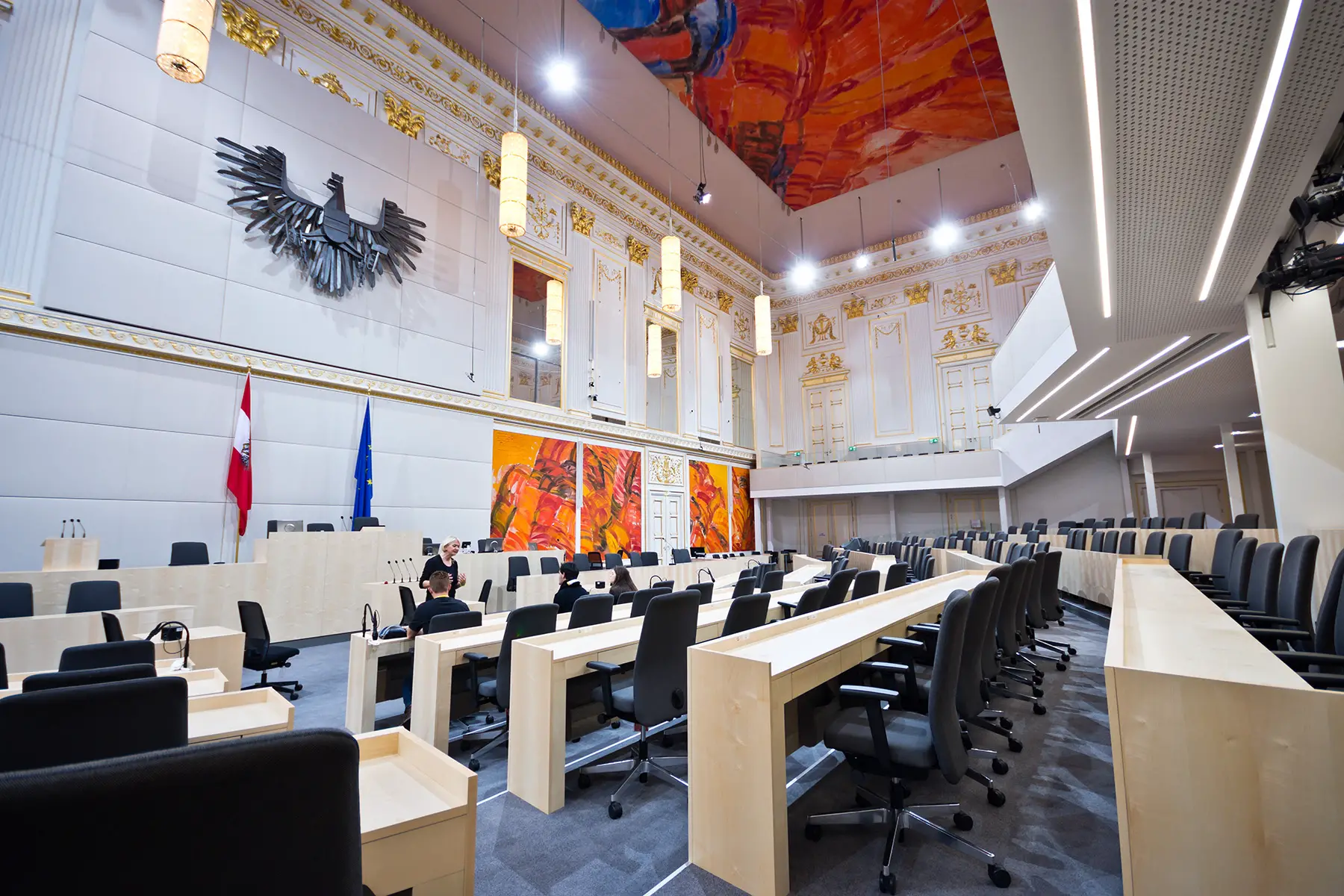
Currently, the political system operates as the Second Republic based on the constitution of 1920. Vienna is the federal capital and the seat of the government.
The electoral system in Austria
All political appointments, including the Parliament, are elected to office by the public. As such, there are currently five political parties in power. This includes the Austrian People’s Party, the Social Democratic Party of Austria, the Austrian Freedom Party, the Greens, and the NEOs (New Austria and Liberal Forum). You can read more about these parties in our guide.
In Austria, all citizens over the age of 16 can vote. This privilege also extends to certain EU citizens who reside in the country. Elections are held every five or six years, depending on the particular office.
Austrian foreign policy
In terms of foreign policy, Austria committed to neutrality through its constitution soon after WWII. However, in recent decades – particularly after the fall of the Soviet Union – the country has become more open to taking a stand on the world page. This includes participating in the EU and UN, joining NATO’s Partnership for Peace, and signing the Nuclear Weapon Ban Treaty.
In addition, Austria is heavily involved with the Organization for Economic Co-Operation and Development (OECD) and the Organization for Security and Cooperation in Europe (OSCE). Because of its position on the world stage, many international organizations have their headquarters in Vienna, including the OSCE Secretariat, the International Atomic Energy Agency, the United Nations Industrial Development Organization, and the Comprehensive Test Ban Treaty Organization.
Rights and freedoms in Austria
Austria prides itself on being a free country that promotes equality for everyone. Because of this, the constitution and many laws protect the rights and freedoms of many different people. As a result, the country ranks joint 21st on the Human Freedom Index, proving that it offers a considerable amount of personal, civic, and economic freedom and protects human rights.
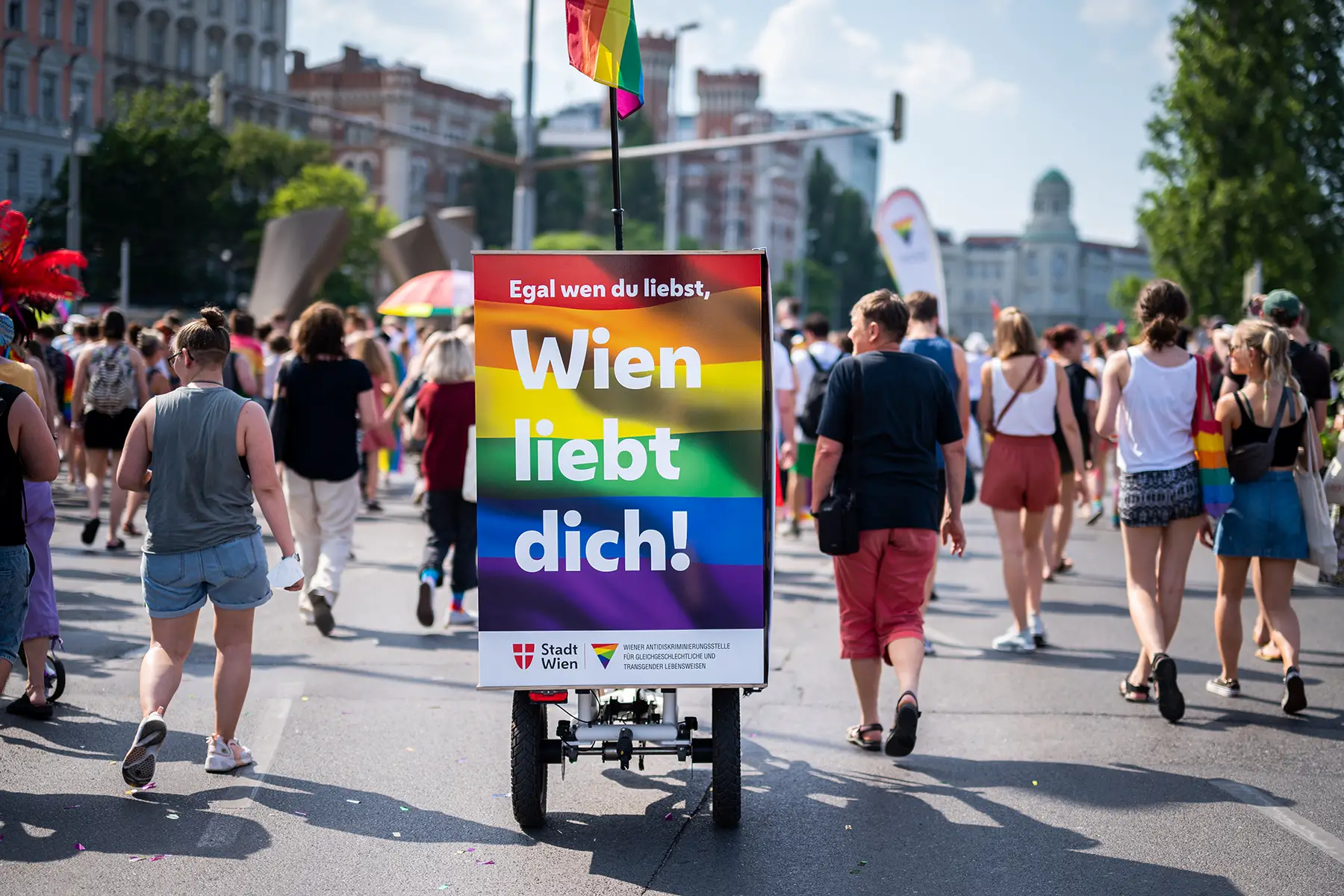
Gender equality has made great strides in Austria, emphasizing equality for both sexes. As such, women certainly have a wide array of rights and freedoms. Interestingly, women’s rights were somewhat restricted until the 1970s, even though the country granted women’s suffrage in 1919. However, now, Austria offers many social protections for women, including housing, parental benefits, and gender-specific healthcare.
Similarly, the country is making great strides for LGBT+ rights. While same-sex partnerships have been legal since 2010, gay marriage became legal in January 2019. As a result, many same-sex couples enjoy the same rights as married heterosexual couples, including adoption, property rights, and inheritance.
Crime and policing in Austria
Let us be clear: Austria is generally a very safe country. Of course, petty crime can be a concern, as it is anywhere else. However, this is usually limited to touristy or heavily populated areas. Cybercrimes and home burglaries in wealthy areas have become a growing concern in recent years. Nevertheless, Austria has one of the lowest homicide rates in the world. Still, it is useful to have the local emergency numbers on hand just in case.
Responsibility for policing in Austria falls to the Directorate-General for Public Security. However, each of the country’s nine states has its own police command. Nevertheless, the Federal Police includes over 20,000 officers across more than 1,000 police stations and separate water police.
Health, welfare, and social security in Austria
It is safe to say that life is generally pretty good in Austria. Thanks to a strong social system, most citizens can access a wealth of health, welfare, and social services. Because of this, Austria ranks ninth on the 2020 World Happiness Index. Life expectancy in Austria is average among EU countries at 84 for women and 79 for men.
The country’s healthcare system offers near-universal coverage and a high rate of accessibility for all residents. That said, they can also buy private health insurance. Similarly, Austrian hospitals can be public (state-run) or private.

Austria also has a wide-ranging social security system. This covers a range of issues, including sickness, incapacity for work, maternity, unemployment, retirement, nursing care, and more. Similarly, many labor laws offer social security for employees, including compulsory health insurance, parental leave, and pensions. In addition, while the country doesn’t have a statutory minimum wage, collective bargaining agreements ensure that all employees earn at least €1,500 a month.
Education in Austria
Like its healthcare, Austria’s education system is very strong. The country requires nine years of compulsory schooling, from about six to 15. Because of this, there were over 1.1 million students enrolled in Austrian schools in the 2020–2021 school year. Additionally, education standards across the country are high, with Austria performing above the OECD average in science and math, although lower than average in reading.
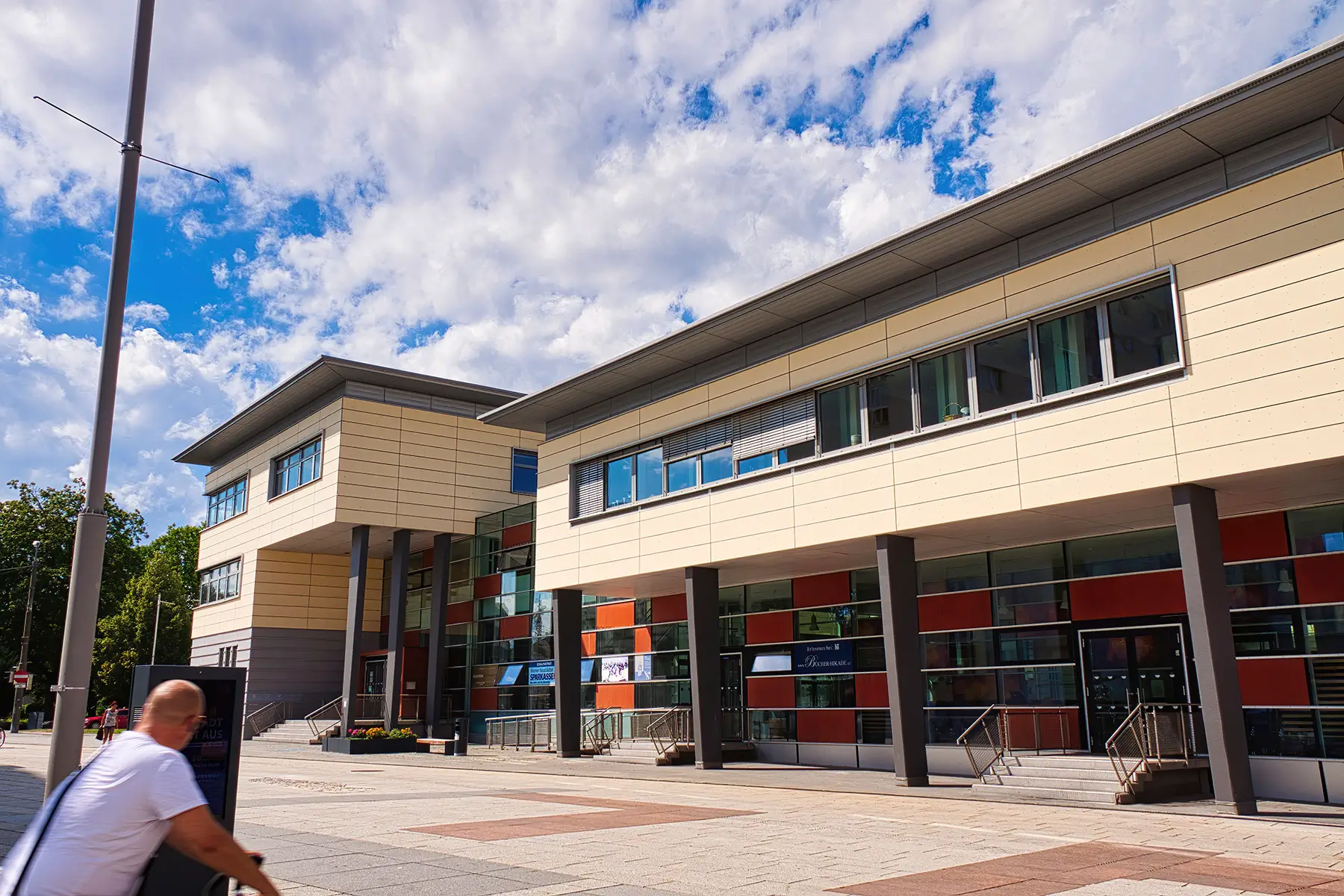
Many students attend state-run public schools, all of which are free. There are also many quality private and international schools, although these are comparatively very expensive. As in most countries, students begin their education in kindergarten, progress through primary school, and then go through junior high and high school.
Austria’s universities are among the best in Europe, and the University of Vienna is exceptionally highly respected. There are over 600 public and private universities in the country; however, many are small schools specializing in particular subjects like the arts or business.
Work and business in Austria
Despite the COVID-19 pandemic, the unemployment rate in Austria was 6.2% in 2021. Admittedly, this was a little higher than the previous two years. However, overall, unemployment rates have been dropping steadily since the peak of 6.01% in 2016. In addition, self-employment has been relatively constant over the last ten years, although at 10.6%, it is below the 2017 EU average of 13.7%.

Austria is home to a wide range of industries. Nevertheless, agriculture, mechanical engineering, steel construction, chemicals, vehicles, and tourism are the principal sectors.
The Austrian business culture is formal, polite, and highly structured. However, it also offers an excellent work-life balance. This is because employees are protected by many labor laws. Therefore, in general, Austrians get some flexibility with work, are in the office from about 08:00 to 17:00, and enjoy lots of annual leave.
Environment and climate in Austria
Because of its location, Austria’s geography and weather vary significantly, even though the country covers just 84,000 square kilometers in total. You can expect cold, snowy winters in the Alps and temperate winters in Vienna, but Mediterranean-like summers in the southeast. Because not all parts of the country are inhabitable year-round, urbanization has remained steady over recent decades; in 2020, the urbanization rate was 59%.
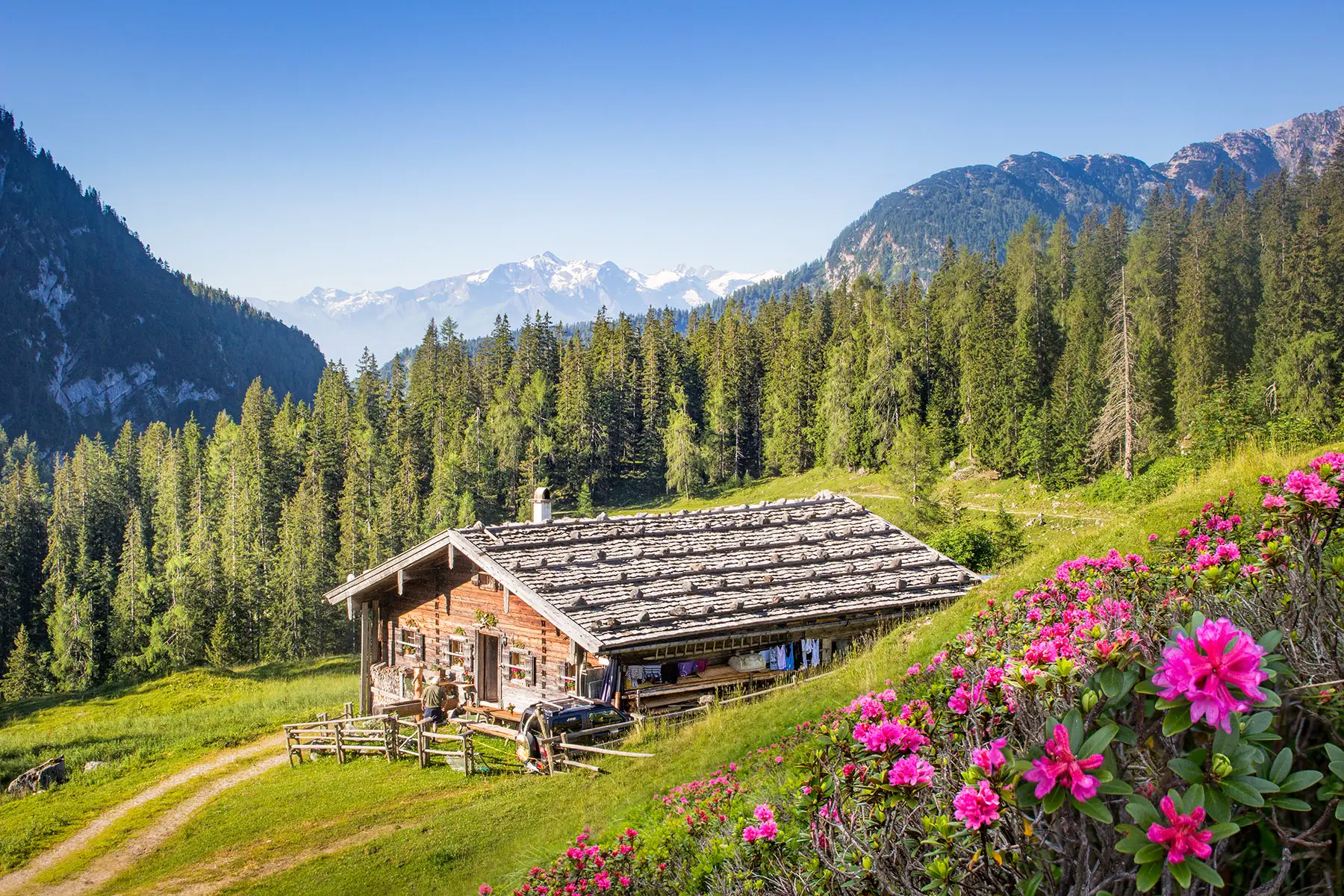
Unfortunately, with urbanization comes pollution. In fact, under World Health Organization (WHO) guidelines, Austria’s air quality is moderately unsafe, with an annual average concentration of PM2.5 of 12 µg/m3, above the recommended maximum of 10 µg/m3. Despite this, Austria is working hard towards sustainability. The country has great public transport, some of which operate on electricity, and many essential policies.
Great places to visit in Austria
You certainly won’t be short of exciting and beautiful places to visit in Austria. Here are just some of the most popular destinations in the country:
- Bad Gastein – a picturesque mountainous spa town with thermal waters
- Worthersee – Carinthia’s largest lake, offering warm waters in summer, and plenty of outdoor activities
- Zillertal Alps – year-round skiing and hiking destination on the border of Italy
- Grossglockner Alpine Road – a scenic 30-mile road trip full of hairpin turns and exquisite views
- Wachau Valley – a scenic wine region with dramatic cliffs, hills, and vineyards
- Zell am See – an alpine city with flowering meadows, blue lakes, and plenty of outdoor activities
- Hallstatt – a picturesque Instagram-famous town set between a lake and a mountain
- Feldkirch – a throwback town of weaving alleys, cobblestone streets, authentic beer houses, Rhineland eateries, and influences from Switzerland, France, and Germany
Public holidays in Austria
Austria has nearly 30 public holidays each year. Many of these are Catholic holidays, but many are secular state holidays. Here are some of the most important ones to remember:
- New Year’s Day – 1 January
- Easter – around late April
- Labor Day – 1 May
- Whitsun – in May or June
- Austria National Day – 26 October
- All Saint’s Day – 1 November
- Christmas – 25 December
Austria: myth-busting
Believe it or not, not everything you have heard or read about Austria is true. Just take, for example, these common myths and misconceptions about the country.
Krampus
Most countries just have Santa for Christmas, but Austria has Krampus. This horned, half-goat-half-demon acts as a deterrent to naughty children. In fact, parents tell their little ones that Krampus will give them coal in their stockings if they don’t behave. On 6 December – the Feast of St. Nicholas – many locals dress up as Krampus. There are even Krampus festival parades held throughout the country in the run-up to Christmas.

Mozart and murder
As one of Vienna’s most lauded residents, there are plenty of stories about Mozart. But the one about his murder persists. Rumors abound that rival Italian composer Antonio Salieri poisoned Mozart. However, nowadays, most believe that his death resulted from a severe undiagnosed illness.
Lederhosen and the Dirndl
Like Germany, Austria may conjure up images of bright, traditional outfits, also known as Tracht. But don’t make the mistake of thinking that this is everyday wear. Instead, they are special occasion costumes that usually get pulled out for Oktoberfest. Men wear Lederhosen (leather trousers with braces) during this celebration, while women wear the Dirndl, a ruffled apron dress, blouse, and bodice.

The Sound of Music
The famous musical is based on the real Von Trapp family from Austria. But the movie had many inaccuracies, and most Austrians refuse to acknowledge it – or hate it. Interestingly, Salzburg is home to the actual von Trapp family residence, now a popular hotel.
Ballroom dancing
No, you probably don’t need to learn the Viennese Waltz before you move to Austria. Well, not unless you plan on attending Vienna’s Ball season. While there are still over 400 balls over the winter season, most Austrians now consider this a very outdated tradition.
Useful resources
- Britannica – an encyclopedia site about Austria
- Austria.info – the official travel portal for the country
- European Commission – an EC page about Austria’s employment and social affairs
- OECD – an OECD page about Austria
- SBS Australia Cultural Atlas – an SBS Australia page about Austria










